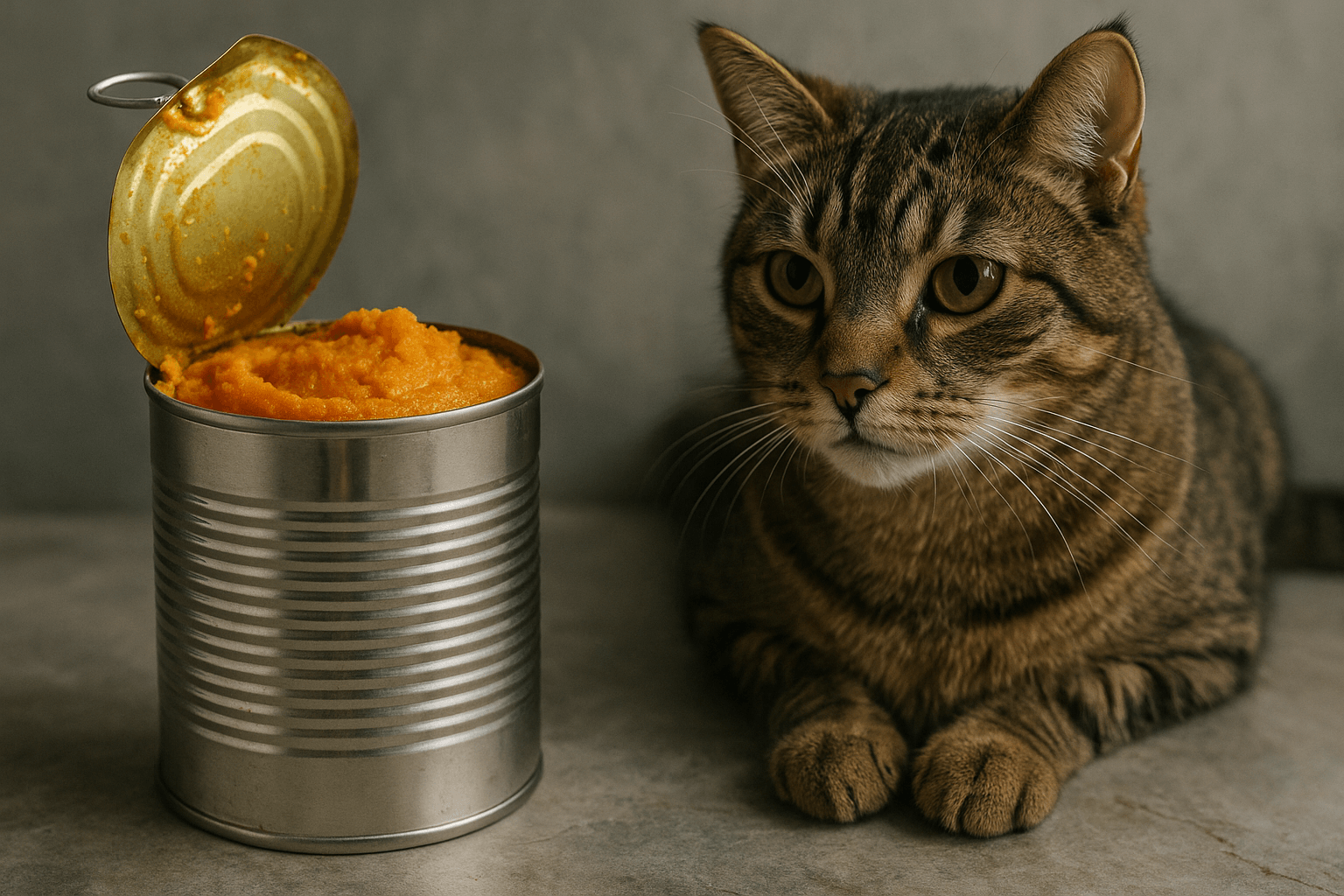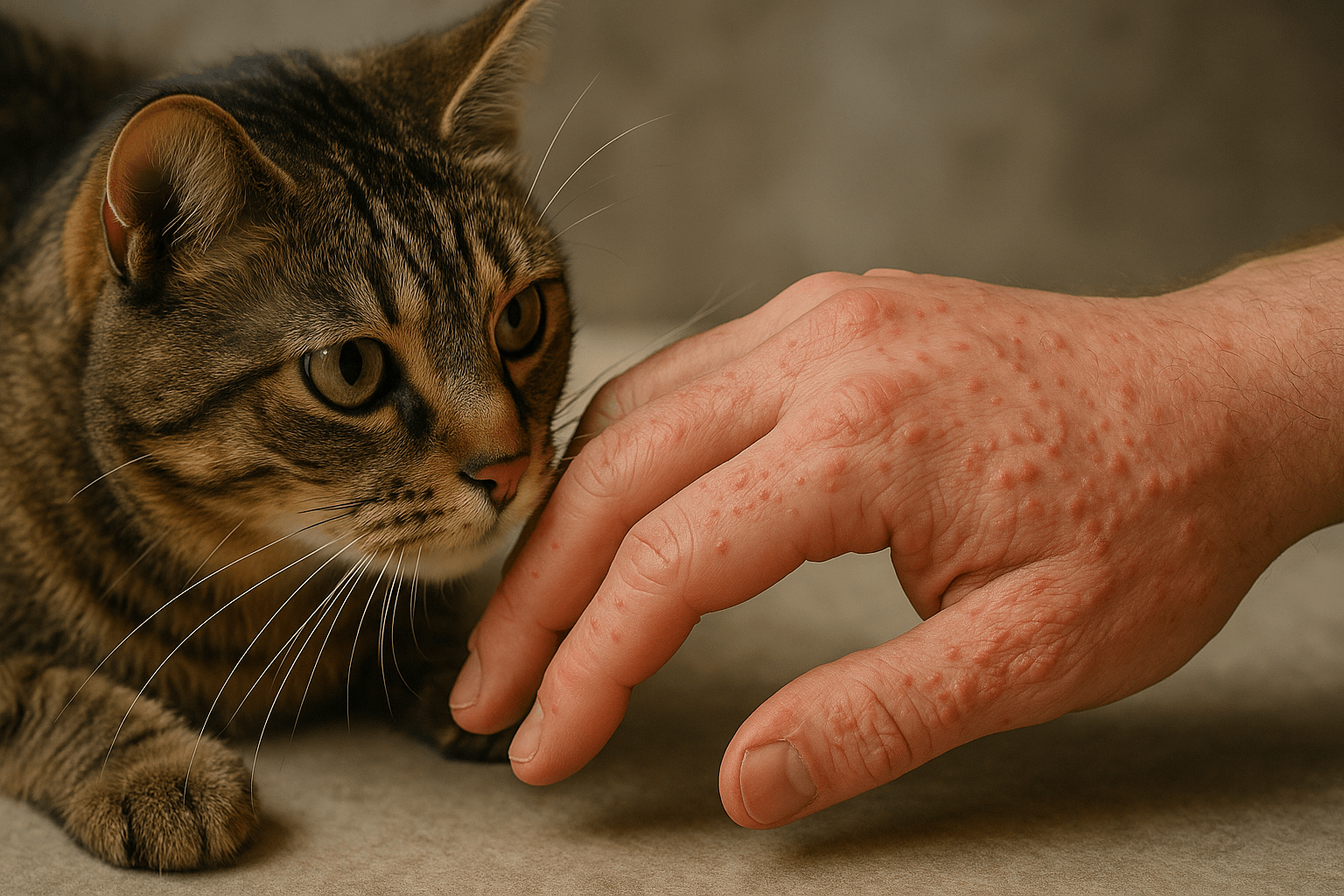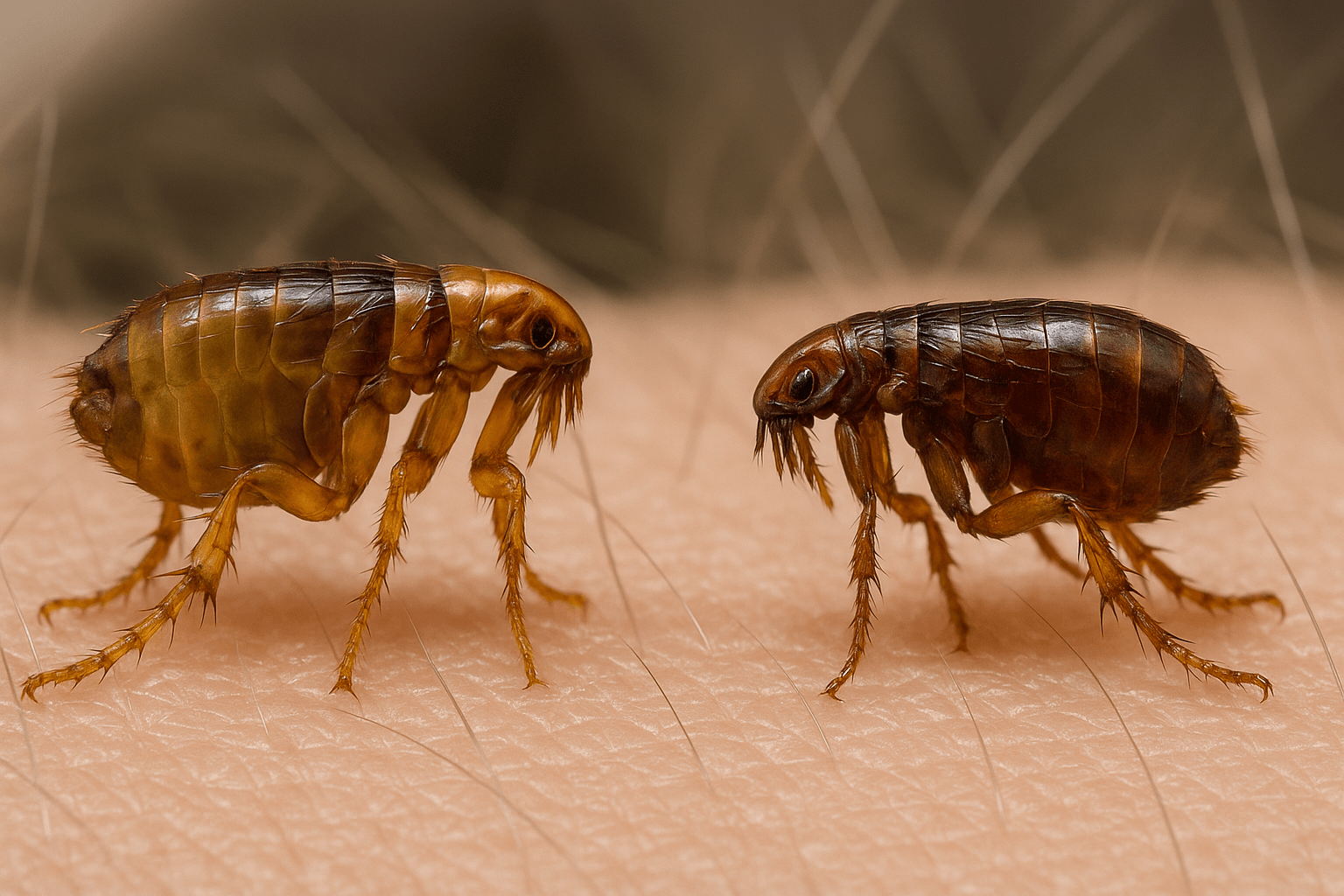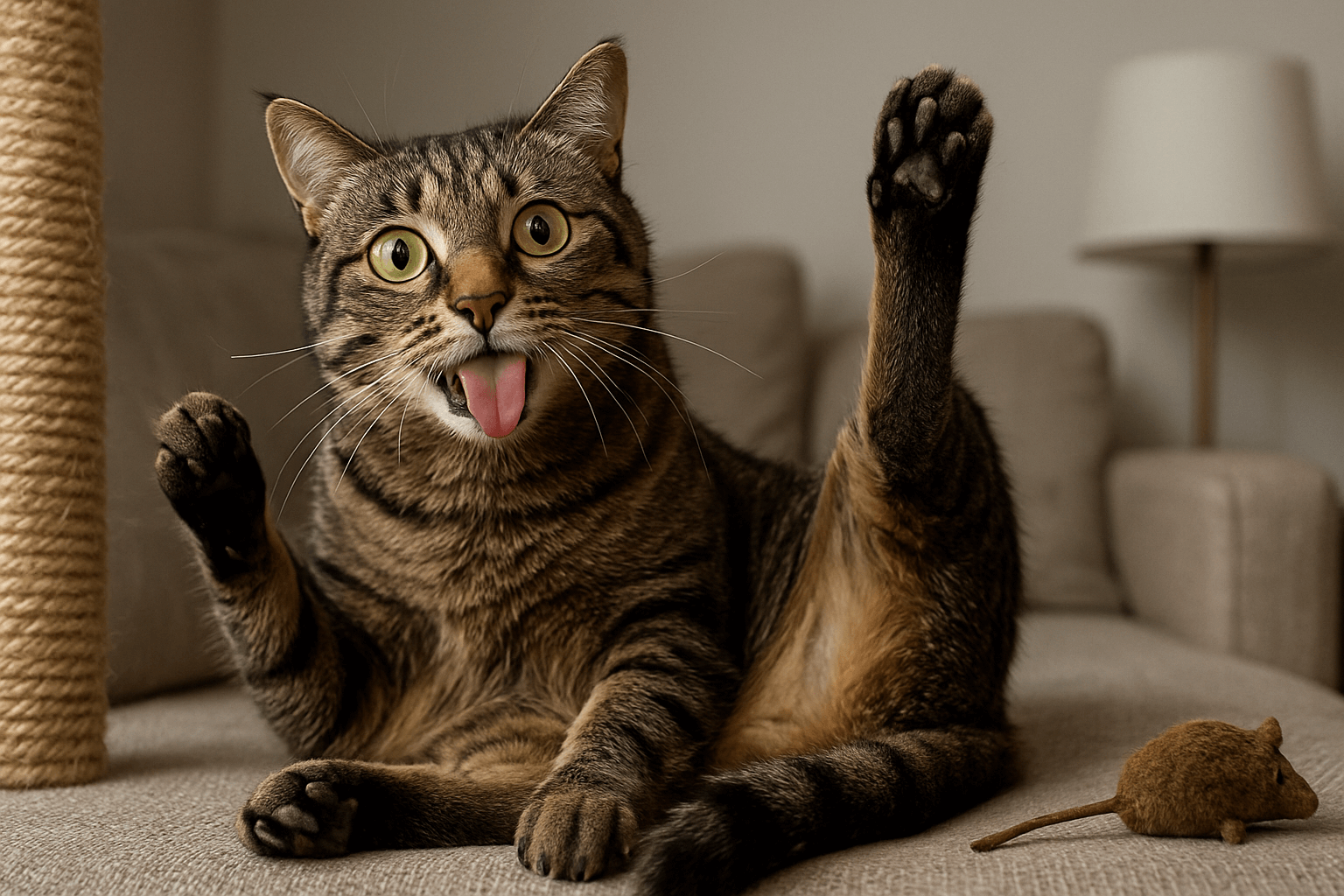Cat Eye Injury: What You Need to Know to Protect Your Feline Friend
A cat’s eyes are not only beautiful but also vital to their well-being. Unfortunately, eye injuries in cats are more common than you might think, and they can range from minor irritations to serious conditions requiring immediate veterinary attention. Whether caused by scratches, foreign objects, infections, or trauma, a cat eye injury should never be ignored. Early detection and proper care are crucial to prevent complications and ensure your furry companion’s comfort. In this blog post, we’ll explore the signs of a cat eye injury, how to address it, and tips for prevention. By understanding these key points, you’ll be better equipped to safeguard your cat’s vision and overall health.
Signs of a Cat Eye Injury: What to Look For
Recognizing the symptoms of a cat eye injury is the first step toward ensuring your pet receives timely care. Cats are masters at hiding discomfort, so it’s important to observe their behavior closely. Here are some common signs that may indicate an eye injury:
Redness or Swelling
The area around the eye may appear inflamed, with noticeable redness or puffiness.Excessive Tearing
Watery eyes or unusual discharge can signal irritation or infection.Squinting or Blinking
If your cat frequently squints or keeps one eye closed, it could mean they’re experiencing pain or discomfort.Cloudy or Discolored Eyes
A change in the clarity or color of the eye may indicate a deeper issue, such as a corneal ulcer or cataract.Pawing at the Eye
Cats often paw at their face when they’re trying to relieve irritation, which can worsen the injury.
If you notice any of these signs, it’s essential to act quickly to prevent further damage. Ignoring these symptoms could lead to long-term complications, including vision loss.
Common Causes of Cat Eye Injuries
Understanding what causes cat eye injuries can help you take preventive measures and respond appropriately if an incident occurs. Here are some of the most frequent culprits:
Scratches from Other Animals
Fights with other cats or animals can result in scratches near or on the eye.Foreign Objects
Dust, dirt, grass seeds, or small debris can become lodged in the eye, causing irritation.Household Hazards
Sharp objects, open windows, or chemicals can pose risks to your cat’s eyes indoors.Infections
Bacterial or viral infections, such as conjunctivitis, can affect the eye and require treatment.Trauma or Accidents
Falls, collisions, or blunt force can lead to bruising, swelling, or more severe damage.
By identifying potential hazards in your cat’s environment, you can minimize the risk of eye injuries and keep your feline friend safe.
Check this guide 👉Understanding Cat Eye Ulcers: Best 7 Health Tips!
Check this guide 👉Cat Eye Hemorrhage: Best 7 Expert Tips!
Check this guide 👉Cat Eye Infections and Natural Remedies: Best 7 Expert Tips!

Symptoms of a Cat Eye Injury | Possible Causes |
|---|---|
Redness or swelling | Scratches or trauma |
Excessive tearing | Foreign objects or infections |
Squinting or blinking | Corneal ulcers or irritation |
Cloudy or discolored eyes | Cataracts or internal damage |
Pawing at the eye | Allergies or embedded debris |
First Aid Steps for a Cat Eye Injury
If you suspect your cat has an eye injury, prompt first aid can make a significant difference before seeking professional care. Here’s what you should do:
Examine the Eye Carefully
Gently check for visible foreign objects, but avoid touching the eye directly to prevent further harm.Flush the Eye with Saline Solution
Use a sterile saline solution to rinse away debris or irritants. Never use water or harsh chemicals.Prevent Further Irritation
Keep your cat in a quiet, dimly lit area to reduce strain on the injured eye.Apply a Cool Compress
A clean, damp cloth placed over the eye can help reduce swelling and provide temporary relief.Seek Veterinary Care Immediately
Even if the injury seems minor, a vet should evaluate it to rule out underlying issues.
These steps can help stabilize your cat’s condition until you can consult a professional. Remember, delaying treatment can lead to complications.
Preventing Cat Eye Injuries: Tips for a Safer Environment
Prevention is always better than cure when it comes to cat eye injuries. By making simple adjustments to your home and routine, you can significantly reduce the risk of accidents. Here are some practical tips:
Trim Your Cat’s Nails Regularly
Sharp claws can accidentally scratch their own eyes during grooming or play.Supervise Outdoor Time
If your cat goes outside, monitor them to prevent fights with other animals or exposure to hazards.Remove Dangerous Objects
Keep sharp items, toxic substances, and small debris out of reach.Install Window Screens
Secure screens on windows to prevent falls or escape attempts that could result in trauma.Schedule Regular Vet Check-Ups
Routine eye exams can catch early signs of problems before they escalate.
By taking these precautions, you’ll create a safer environment for your cat and reduce the likelihood of eye injuries.
Signs of an Infected Cat Eye Injury
If your cat’s eye injury becomes infected, it can lead to more severe complications if left untreated. Recognizing the signs of infection early is crucial for effective treatment. Here’s what to look out for:
Yellow or Green Discharge
Pus-like discharge from the eye is a common sign of infection.Increased Redness
The redness around the eye may intensify as the infection progresses.Swollen Eyelids
Inflammation of the eyelids can make it difficult for your cat to open their eye.Fever or Lethargy
Systemic symptoms like fever or unusual tiredness may indicate a spreading infection.Loss of Appetite
A cat in pain or discomfort may refuse to eat, signaling a need for immediate care.
If you notice any of these signs, seek veterinary attention promptly to prevent further complications.
How to Keep Your Cat Comfortable During Recovery
Recovering from a cat eye injury can be stressful for your feline friend. Providing comfort and support during this time can speed up healing and reduce stress. Here are some tips to help your cat feel better:
Create a Quiet Space
Set up a calm, low-light area where your cat can rest without disturbances.Limit Physical Activity
Prevent rough play or jumping to avoid aggravating the injury.Use an Elizabethan Collar
If your vet recommends it, use a cone to stop your cat from pawing at their eye.Offer Soft Bedding
Provide cozy, soft bedding to make resting more comfortable.Monitor Pain Levels
Watch for signs of discomfort and consult your vet if pain medication is needed.
By prioritizing your cat’s comfort, you’ll help them recover faster and reduce their stress levels.
Long-Term Care After a Cat Eye Injury
Even after the initial healing phase, long-term care is essential to ensure your cat’s eye remains healthy. Regular monitoring and preventive measures can prevent future issues. Here’s how to stay proactive:
Schedule Follow-Up Appointments
Regular check-ups with your vet can ensure the injury has fully healed and hasn’t caused lingering damage.Maintain Good Hygiene
Keep your cat’s face clean and free of debris to prevent reinfection.Watch for Recurring Symptoms
Be alert for any signs of redness, swelling, or discharge that could indicate a recurring issue.Update Vaccinations
Ensure your cat’s vaccinations are up to date to reduce the risk of viral infections affecting the eyes.Provide a Balanced Diet
Nutrient-rich food supports overall health, including eye health, and aids in recovery.
With consistent care and attention, you can help your cat maintain healthy eyes and prevent future injuries.
Frequently Asked Questions About Cat Eye Injuries
How can I tell if my cat’s eye injury is serious?
If your cat is squinting, has cloudy eyes, or shows signs of pain, it’s best to consult a vet immediately.
Can I treat a cat eye injury at home?
While first aid can help, professional veterinary care is essential for proper diagnosis and treatment.
What should I do if my cat has something stuck in their eye?
Avoid removing it yourself; instead, flush the eye with saline and seek veterinary assistance.
Are certain breeds more prone to eye injuries?
Yes, flat-faced breeds like Persians are more susceptible due to their eye structure.
How long does it take for a cat eye injury to heal?
Healing time varies depending on the severity, but most minor injuries improve within a week with proper care.
Final Thoughts: Prioritizing Your Cat’s Eye Health
A cat eye injury can be alarming, but with quick action and proper care, most issues can be resolved without lasting effects. By staying vigilant for signs of trouble, addressing injuries promptly, and taking preventive measures, you can protect your cat’s vision and overall well-being. Remember, your cat relies on you to keep them safe and healthy, and their eyes are no exception. If you ever have doubts about your cat’s condition, don’t hesitate to consult a veterinarian—they’re your best resource for ensuring your feline friend stays happy and healthy for years to come.
Canned Pumpkin for Cat Diarrhea: Best 7 Expert Tips! Natural remedy to firm stools, soothe upset bellies, and support gut health safely.
Can a Cat Give You Scabies? Best 7 Expert Tips! Discover the truth about feline mites, human skin risks, and how to protect yourself—without panic.
Cat Flea vs Human Flea: Best 7 Expert Tips! Discover the truth about bites, species, and how to eliminate infestations for good.
Weird Cat Behaviors: Best 7 Expert Tips! Discover why cats do strange things—and how to understand, not punish, their instincts for a happier home.





